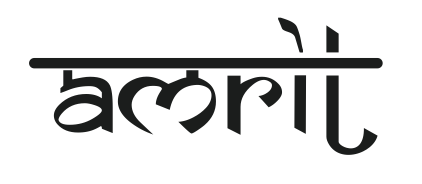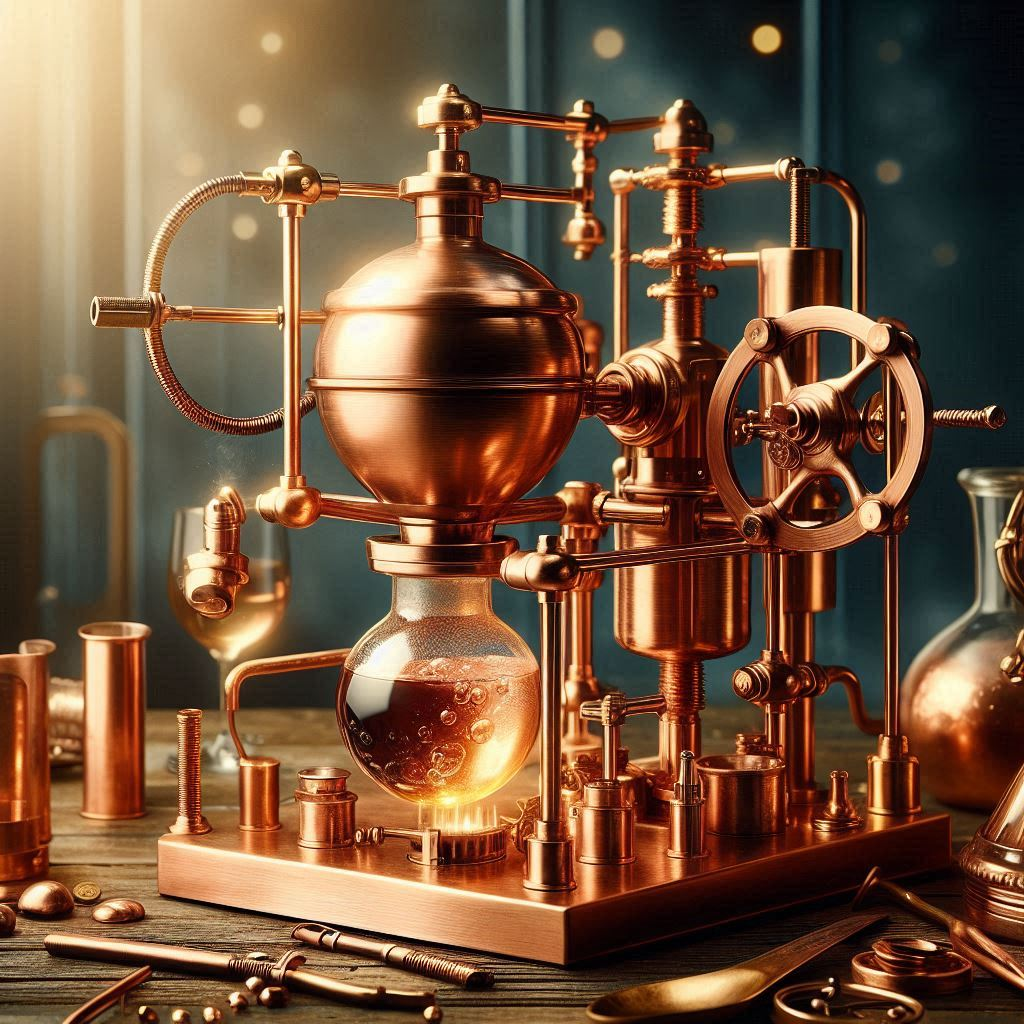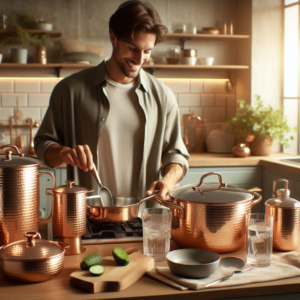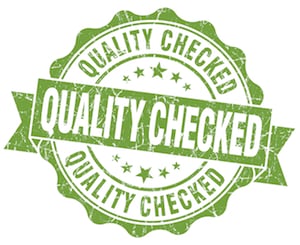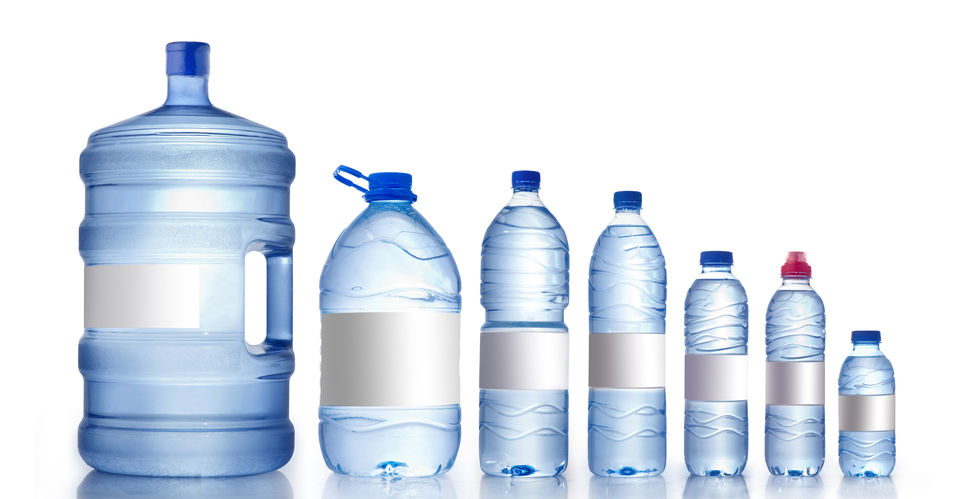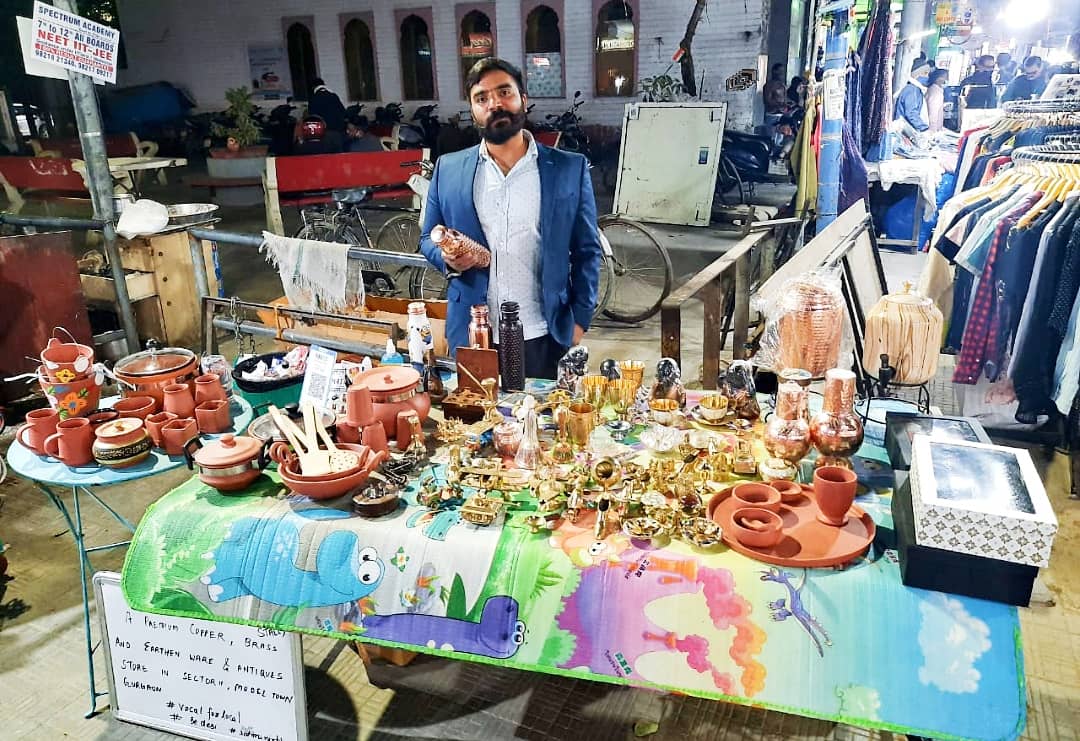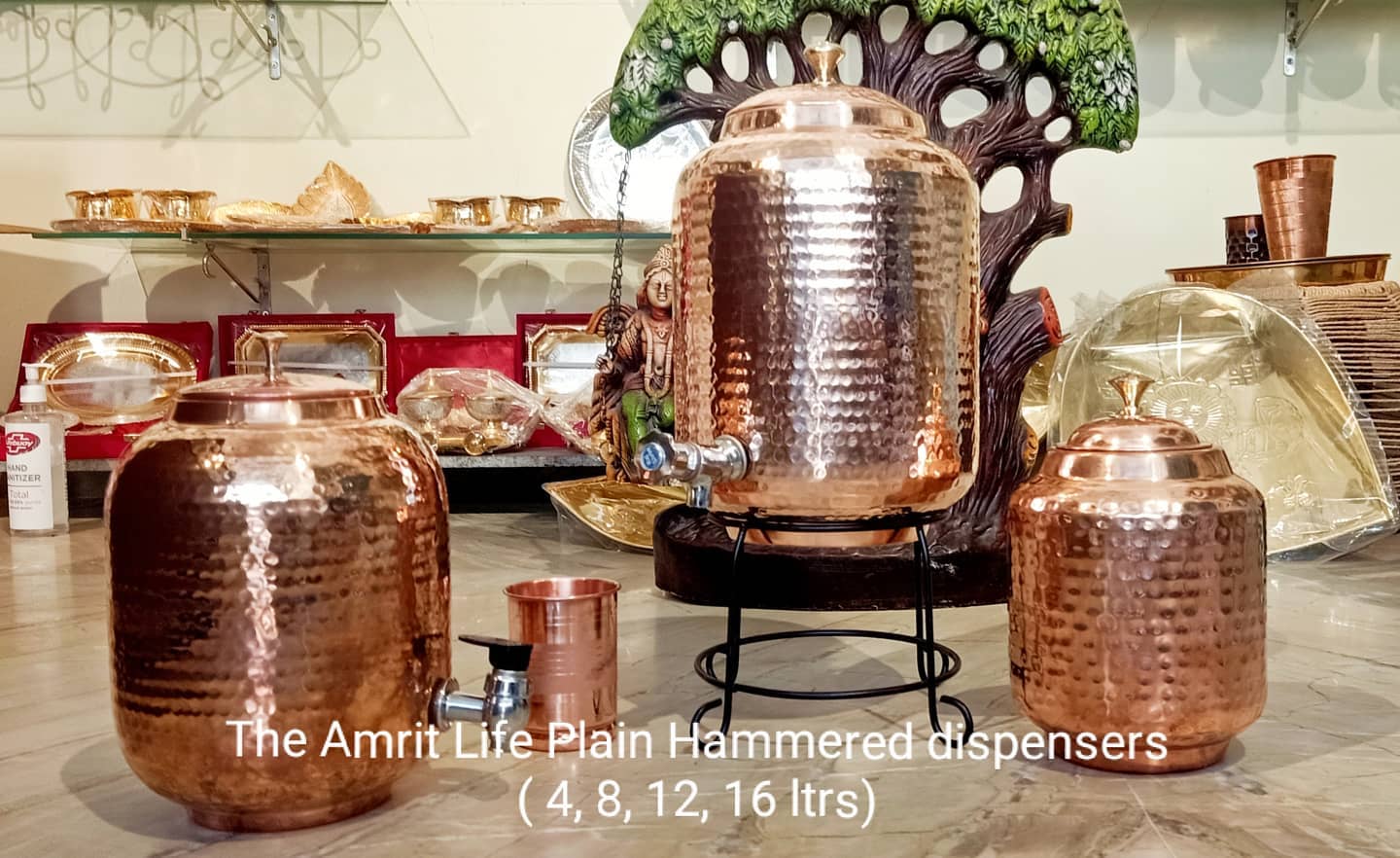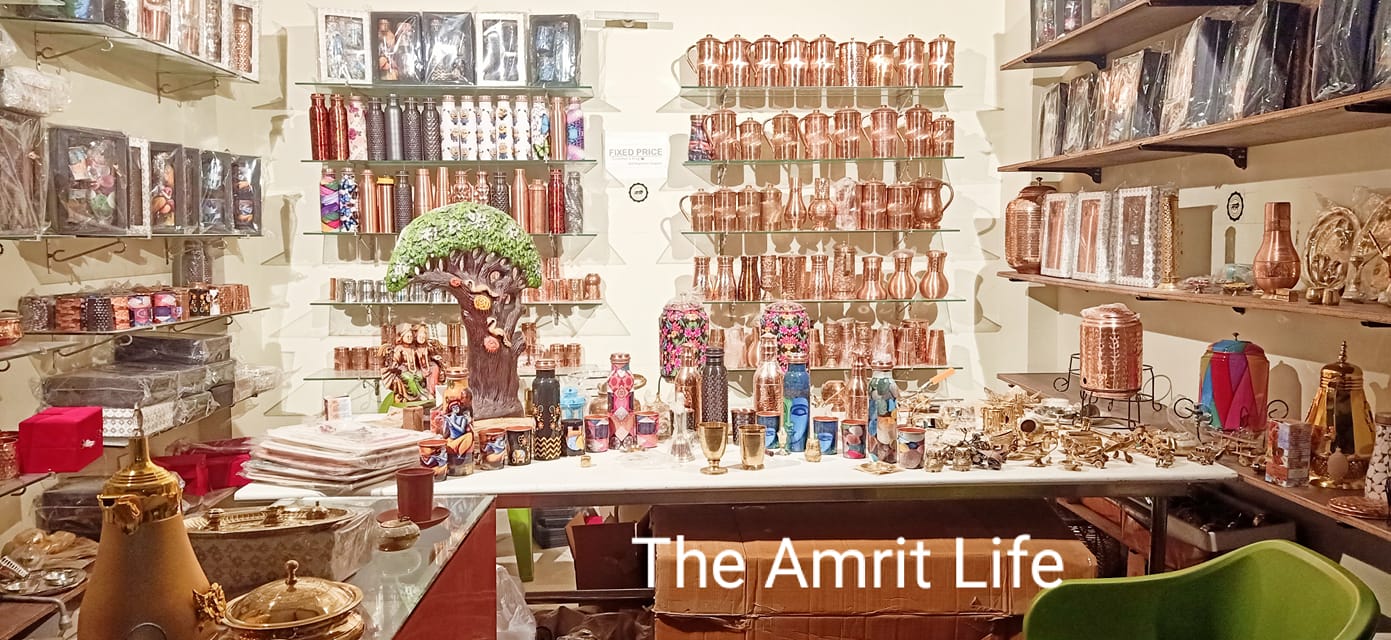Introduction
Copper vessels: The Evolution of Cooking materials
Copper vessels have shaped food preparation and enjoyment for centuries. From the ancient days of using brass to the modern era’s embrace of copper, each material tells a story of progress and innovation. Brass, once popular, has gradually given way to more advanced materials like bronze and copper.
The Rise of Copper Vessels
Today, copper vessels stand out in the cooking world. Known for excellent heat conductivity and aesthetic appeal, they offer benefits that brass and bronze cannot match. Copper thali sets, pure copper utensils, and copper pots are practical and add a touch of elegance to any kitchen.
Why Copper Matters
Explore why copper vessels have become cherished. Dive into their unique properties, compare them to other materials, and explain why they are a great addition to your cooking collection. Look at the historical journey of cooking materials and why copper continues to shine in modern kitchens.
Historical Perspective on Copper Vessels
Ancient Cooking Materials
Cooking has a long history, and so do the materials used in it. In ancient times, people used both brass and bronze for cookware. Brass, made from copper and zinc, was common due to its durability. Bronze, an alloy of copper and tin, was also popular. Both materials served their purpose well and were favored for their ability to withstand heat.
Transition to Copper Vessels
All of a sudden, copper began to take center stage. The transition happened because copper’s excellent heat conductivity became evident. This material heats up quickly and distributes heat evenly. If people discovered these benefits, then copper pots and other copper cookware replaced brass and bronze in many kitchens. The introduction of copper thali sets and pure copper utensils marked a new era in cooking.
Cultural Impact of Copper Vessels
Different cultures embraced copper in various ways. In India, copper water bottles and cooking pots have been used for centuries. Admired for health benefits and traditional charm, copper cookware became a symbol of sophistication and culinary expertise in Europe. Whether in traditional or modern settings, each culture adapted copper to fit their cooking styles and preferences. All things considered, this reflects copper’s importance in daily life and cuisine.
The Science of Copper Vessels
Material Properties
Brass: An alloy made from copper and zinc, it boasts a bright, gold-like appearance and stands out for its durability. Brass resists corrosion, making it a popular choice for many household items. Albeit, it reacts with acidic foods, which might affect its suitability for some cooking tasks.
Bronze: An alloy of copper and tin, it offers toughness and a more muted reddish-brown color. It resists corrosion effectively, making it durable for various cooking applications. Although it handles heat well, bronze cookware is less common today compared to other materials.
Copper: Pure copper utensils and copper vessels, such as copper pots and copper thali sets, excel in heat conductivity. Copper heats up quickly and distributes heat evenly, ensuring food cooks uniformly. Additionally, copper’s antimicrobial properties help maintain kitchen hygiene.
Heat Conductivity: Comparing Brass, Bronze, and Copper
Copper stands out for heat conductivity. It heats up rapidly and maintains a consistent temperature, ideal for cooking delicate dishes. Brass offers good heat conductivity but does not match copper’s efficiency. Bronze, while durable, does not conduct heat as effectively as copper or brass.
Durability and Reactivity
Each material has its strengths. Brass offers durability but reacts with acidic foods, potentially altering flavors. Bronze is durable and resists corrosion but comes at a higher cost and is less available. Copper vessels shine for their durability and resistance to corrosion. They require regular maintenance to keep their appearance. Copper reacts with some foods, but proper care and lining manage this issue.
Benefits of Copper Vessels in Modern Cooking
Effortless Cooking with Copper
Copper vessels quickly reach cooking temperatures and deliver consistent results. Using copper pots or vessels ensures efficient meal preparation. This approach enhances the flavor and texture of your dishes, whether making a delicate sauce or roasting meat.
Timeless Elegance in Your Kitchen
Copper cookware not only performs effectively but also adds classic beauty to your kitchen. The shiny surface of a copper thali set or utensils enhances your kitchen’s style. Displaying these items transforms your kitchen into a visually appealing space, combining practicality with vintage charm.
A Healthier Choice for Your Kitchen
Copper provides health benefits. Its natural properties help reduce the growth of harmful bacteria. Using copper water bottles or cooking with copper pots contributes to a cleaner and more hygienic kitchen. These benefits make copper vessels a practical and health-conscious choice for everyday use.
Comparison of Copper with Other Materials
- Copper vs. Brass: Copper vessels typically offer superior performance compared to brass. They prepare food more evenly. Brass, made from copper and zinc, does not deliver the same results and can react with acidic foods, potentially altering flavors. Brass also requires more frequent cleaning to prevent tarnishing. Copper generally provides better outcomes.
- Copper vs. Bronze: Copper excels in food preparation and maintaining temperatures. Bronze, an alloy of copper and tin, is durable and resistant to corrosion but does not provide the same level of performance. Copper’s effectiveness makes it a preferred choice for cooking, even though bronze has its own strengths.
